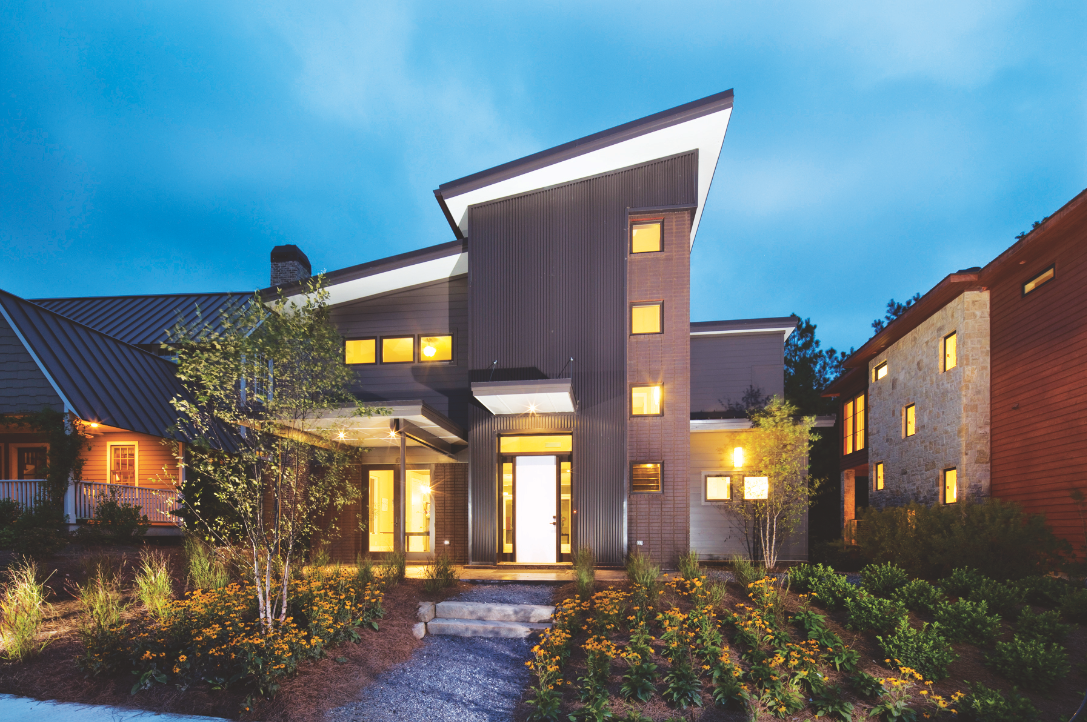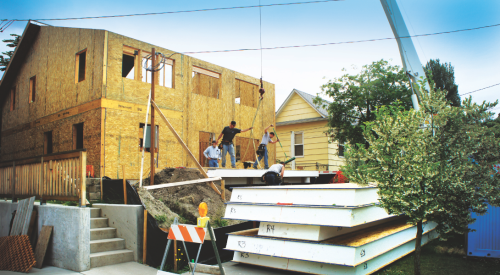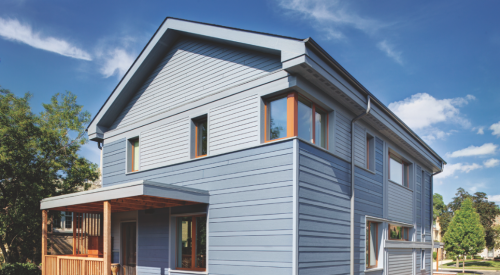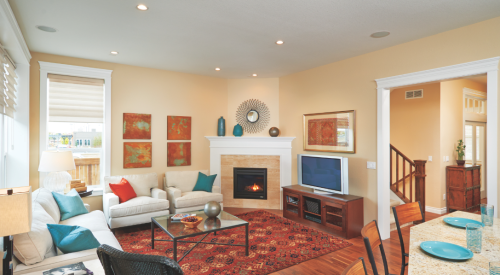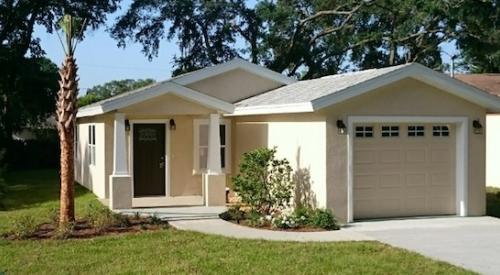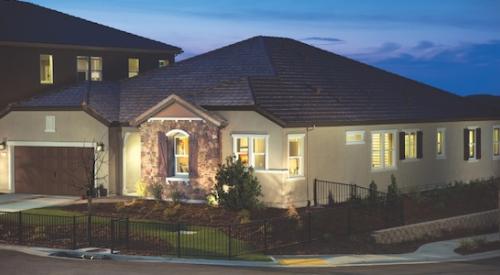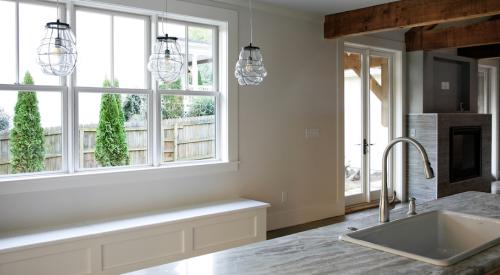This article is part of an ongoing series highlighting the most significant happenings in the zero-energy-ready homes market and covering everything from successful builders to leading technical innovations.
The U.S. Department of Energy’s (DOE) Zero Energy Ready Home program works with a wide range of builders who are all dedicated to improving the performance of their product and exceeding homebuyer expectations. In zero-energy-ready homes, all or most of the home’s annual energy consumption can be offset with renewable energy, reducing homeowners’ energy bills while also providing homes that live and work better and last longer. As demonstrated by projects across the country, these innovative homes can be built in a variety of climates, including hot-humid and cold climates.
Southeast Volusia County Habitat for Humanity – New Smyrna Beach, Fla.
Southeast Volusia County’s Habitat for Humanity (1.usa.gov/1rMe4g7) project in climate zone 2, includes 3 bedrooms and 2 baths. It was completed in August 2013 and has 1,250 square feet of conditioned space.
Project Home Performance Data:
• HERS Index without solar PV: 49
• Projected annual energy-cost savings (compared with a similar house built to the 2006 IECC): $655
• Projected annual utility costs without solar PV: $758
• Annual energy savings without solar PV: 5,480 kWh
• Added cost over builder’s standard (ENERGY STAR 3.1) is less than $7,000 (includes cost of solar water heater)
Near Zero Maine – Vassalboro, Maine
Near Zero Maine’s “Near Zero Maine Home II” (1.usa.gov/1pWRphn) project in climate zone 6A, a cold climate, includes 2 bedrooms and 2 baths. It was completed in October 2013 and has 1,200 square feet of conditioned space.
Project Home Performance Data:
• HERS Index without solar PV: 35
• HERS Index with solar PV: 11
• Builder’s added cost over 2006 IECC: $4,800
• Projected annual energy-cost savings (compared with a similar house built to 2006 IECC): without solar PV $1,533; with solar PV $2,587
• Projected annual utility costs: without solar PV $1,054; with solar PV $320
• Annual solar PV production revenue: $734
• Annual energy savings: without solar PV15,218 kWh; with solar PV 19,536 kWh; 393 gallons of oil
• Annual solar PV production: projected 4,204 kWh; actual 5,400 kWh
The Imery Group – Athens, Ga.
The Imery Group’s “Proud Green Home” (1.usa.gov/1vW3UqF) project in climate zone 3A includes 3 bedrooms and 2½ baths. It was completed in August 2013 and has 2,811 square feet of conditioned space.
Project Home Performance Data:
• HERS Index without solar PV: 40
• HERS Index with solar PV: -10
• Cost over 2006 IECC with solar PV: $100,000
• Projected annual energy-cost savings (compared with a house built to 2006 IECC): without solar PV $870; with solar PV $1,903
• Projected annual utility costs: without solar PV $1,082; with solar PV $49
• Annual solar PV production revenue: $1,033
• Annual energy savings: without solar PV 10,257 kWh; with solar PV 24,413 kWh
Since 2008, the Zero Energy Ready Home program has recognized hundreds of leading builders for their achievements in energy efficiency—resulting in over 14,000 energy-efficient homes and millions of dollars in energy savings. The builders profiled here represent a unique partnership in which they have committed to achieving the highest performance levels within the Zero Energy Ready Home Program. Qualified DOE Zero Energy Ready Home builders are in the top 1 percent of builders in the nation and have found ways to integrate home performance into their production processes in a variety of climate zones across the country. Learn more about DOE’s Zero Energy Ready Home program qualifications at: http://energy.gov/eere/buildings/zero-energy-ready-home. PB

As Chief Architect for DOE's Building Technologies Program, Sam's primary role is to help deploy energy-efficiency research for new and existing homes, such as the Building America Solution Center (BASC), a new resource that makes the latest innovations and best practices accessible to residential new-construction stakeholders.
PB Topical Ref
